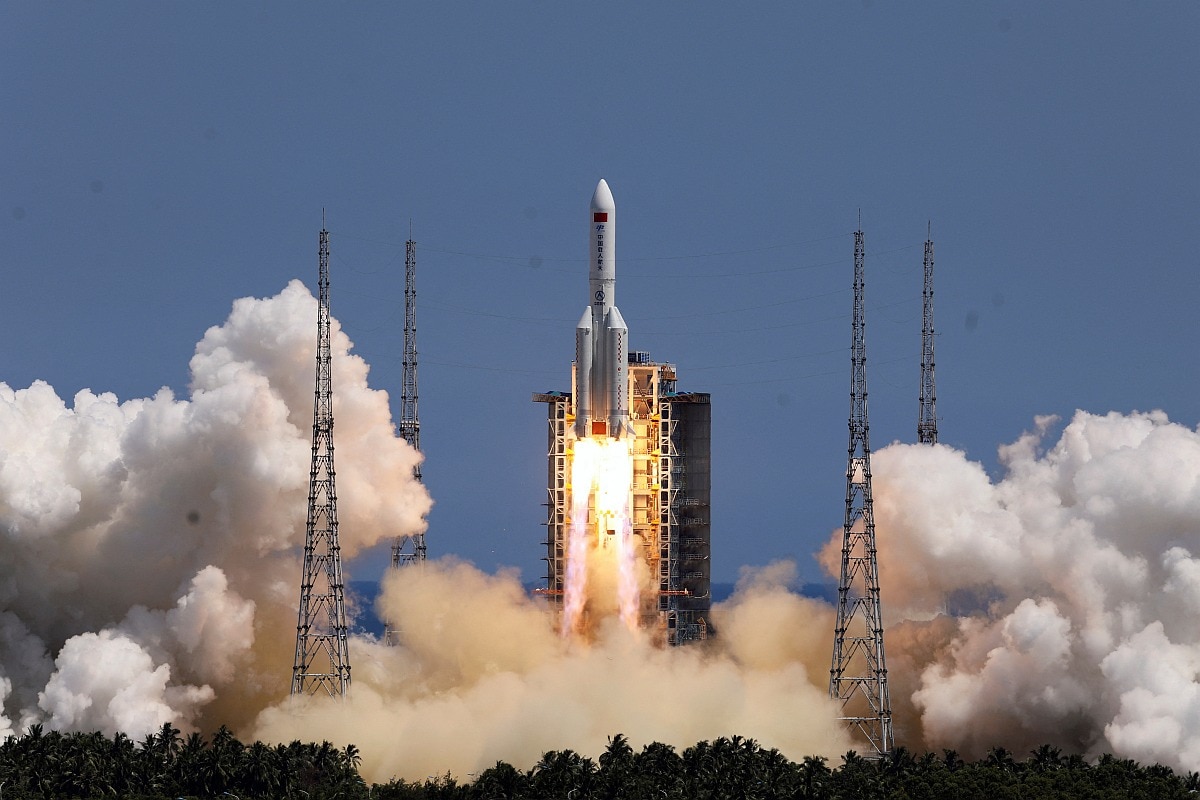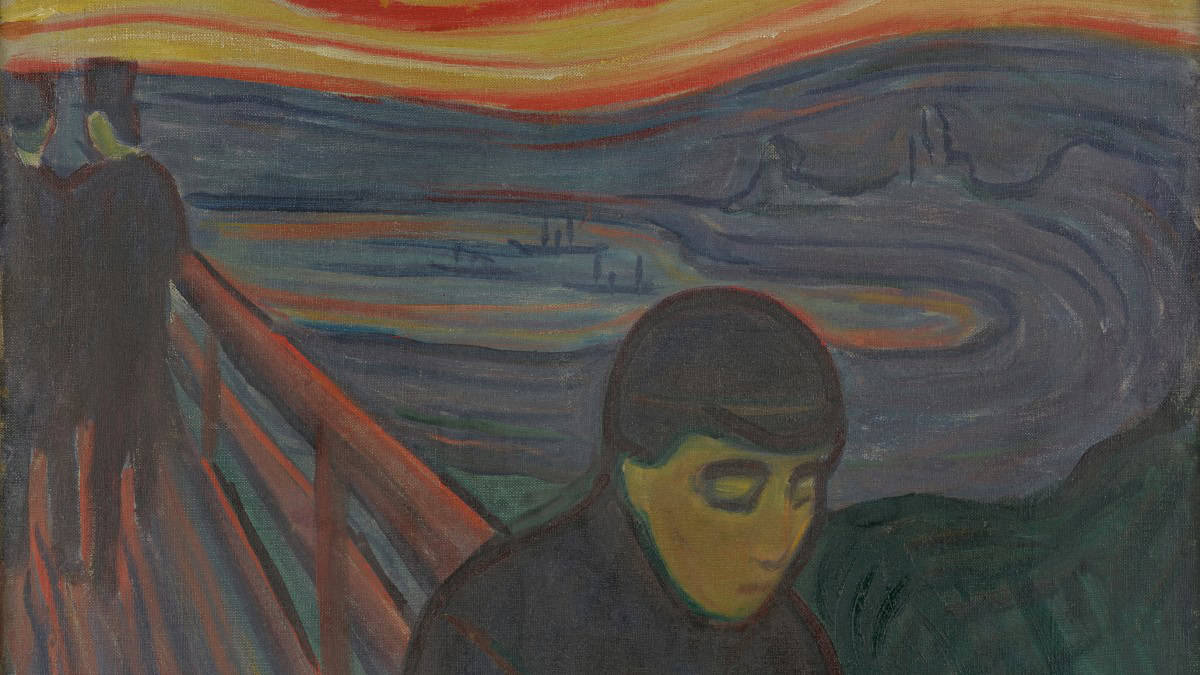A solar storm warning has been issued, with an expert saying that at least two “big-flare players” could be released from the Sun soon. Space weather physicist Dr. Tamitha Skov said that many sunspot clusters could be seen from the Earth. She added that though there were “no large Earth-directed storms yet,” they were on “high alert.” Solar flares, coronal mass ejections, high-speed solar wind, and solar energetic particles are the four main components of solar activity. Solar storm refers to the consequences that these events have on Earth.
So, do these solar activities impact the Earth? According to NASA, solar flares only have an influence on the Earth when they occur on the side of the Sun that is facing us. Similarly, coronal mass ejections — the huge clouds of plasma and magnetic field ejected from the Sun — will impact the Earth only if the cloud that’s ejected from the Sun points towards our planet. When it comes to the high-speed solar wind, only when they are closer to the solar equator, do they impact the Earth. Finally, solar energetic particles that follow magnetic field lines that intersect the Earth will cause any kind of impact.
Skov was quoted as saying by Express that “the pocket of fast solar wind from the small coronal hole is over-performing,” which might provide stunning aurora displays in various places across the planet. Skov also asked people to “enjoy a bit of aurora.”
Solar storms can have a variety range of effects on Earth, depending on their strength. According to the US Space Weather Center, geomagnetic storms are ranked on a scale of G1 Minor to G5 Extreme. While minor storms can cause “weak power grid fluctuations,” have an “impact on satellite operations,” affect migratory animals, extreme storms can lead to blackouts, cause widespread voltage control problems and grid systems to collapse, damage transformers, cause difficulties in spacecraft operations, and tracking satellites, among others.
A NASA blog states that the Sun’s magnetic cycle goes into an overdrive every 11 years. The Sun’s magnetic poles flip during the peak of this cycle, known as solar maximum. Changes in the Sun’s magnetic produce more sunspots, more energy, and induce solar particle outbursts along the way.






